The Participants of the EvoCell Programme
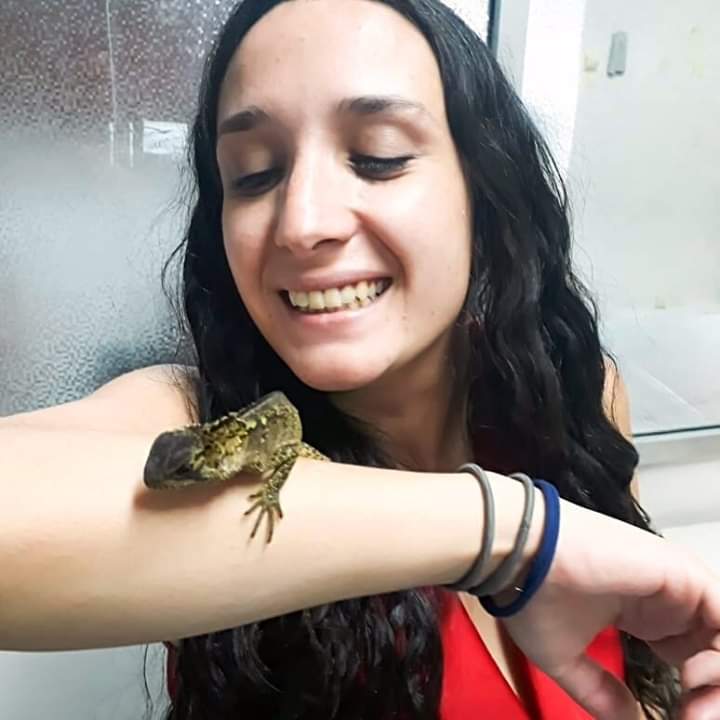
Francisca Hervas
ESR, ZMBH, Heidelberg University
I am broadly interested in the evolutionary processes that shape adaptive diversity among animals. In particular, vertebrates show great diversity of phenotypic adaptations. So my main interest is to understand the underlying cellular and genetic mechanisms linked to these adaptive shifts, within a macroevolution frame.
Project name: The evolutionary and cellular origins of the vertebrate brain
or
The origin of the brain: a cellular story

Laura Piovani
ESR, Dept of Genetics, Evolution and Environment, UCL
The Lophotrochozoa, one of the three main branches of Bilateria, includes very diverse animals such as annelids, molluscs and flatworms. Despite their divergent adult forms, they have striking developmental similarities and a distinctive larva (the trochophore). Discovering the molecular genetic blueprint behind the lophotrochozoan larvae may help us to understand their homology and ultimately the origin of all larval forms.
Project name: The evolutionary and cellular origins of the Lophotrochozoan larva
or
What do snails and flatworms really have in common?

Alba Almazán Almazán
ESR, Institut de génomique fonctionnelle de Lyon, CNR-IGFL
I am attracted to developmental and evolutionary questions that explain the huge diversity surrounding us, for example how animal body plans and cell types evolved. A specific case is the progenitor cells that generate diverse cell types in the adult. Address these questions in the context of regeneration in an unexplored model is exciting.
Project name: Restoring cell-type diversity in adults: regenerated cell types and the evolutionary origins of progenitor cells
or
Can animals regenerate perfectly a damaged organ?
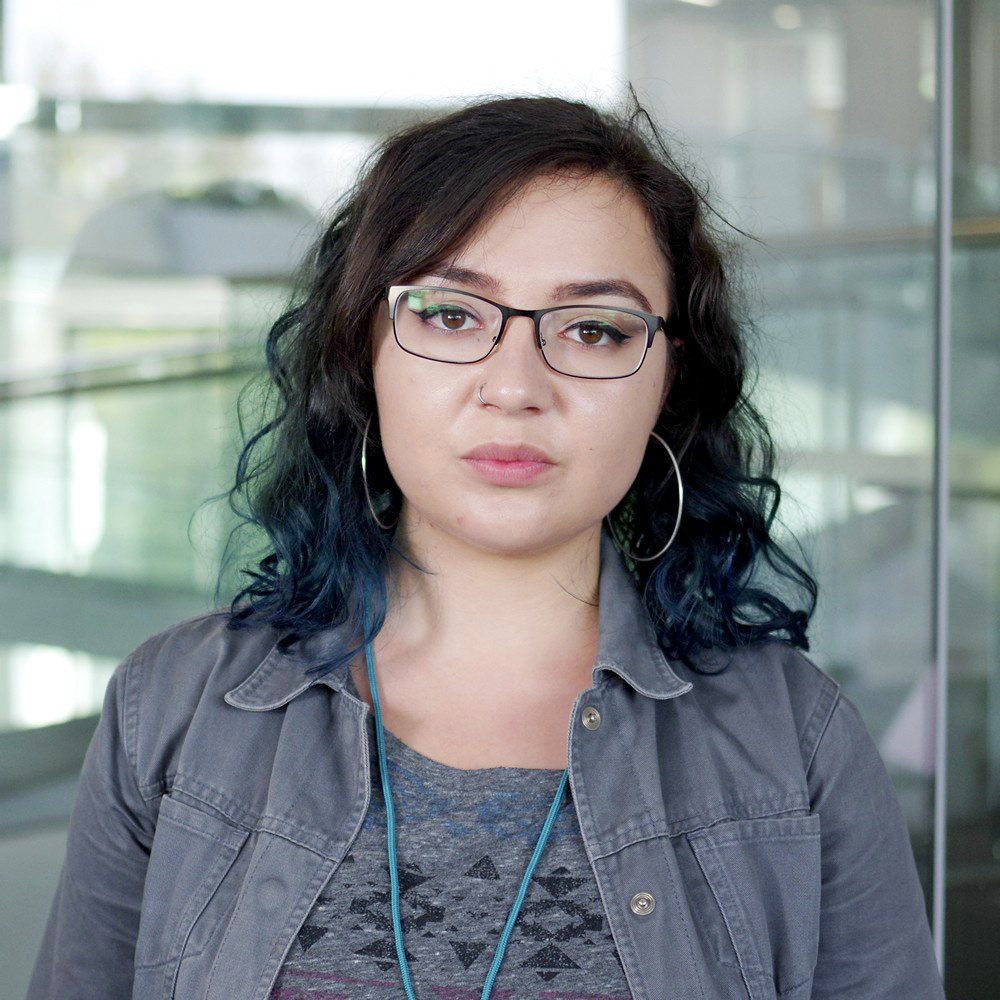
Milena Marinković
ESR in the Jekely lab, University of Exeter
I wanted to work on this project because I think it will be exciting to figure out how to integrate different omics data to answer neurobiological and evolutionary questions. I also simply like marine invertebrates: they’re weird and beautiful and they can help us learn about the distant evolutionary past.
Project name: Evolution of ciliomotor neurons
or
Evolution of the neuronal control of swimming in marine larvae

Siri Kellner
ESR, Museum für Naturkunde Berlin, MfN
The EvoCELL project is giving me the opportunity to communicate highly specialized research in a critical and reflective way to the public. Moreover, I will be able to express my creativity and fascination in molecular biology by researching for and developing a virtual exhibition.
Project name: Cell type evolution in a nutshell: communicating project-based science to a wider Audience.
or
The evolution of cell types examined through a virtual exhibition.

Julia Ramon Mateu
ESR, CNRS-IMEV (previously OOV), Villefranche-sûr-mer
Coming from a developmental and regenerative biology background and being an advocate of the use of “nonstandard” model organisms – especially marine invertebrates – to answer fundamental research questions, I am now taking the challenge to study the complexity and plasticity of life cycles within the cnidarian lineage from a cell type perspective. We are particularly interested in comparing cell types between the two main branches of Cnidaria (Anthozoans and Hydrozoans) in order to answer questions about the evolution of cell types in relation to specific life-cycle stages and phyla.
The EvoCell project gives me the perfect opportunity to learn and apply cutting-edge techniques in order to address questions about animal evolution, cell and developmental biology as well as provides me a consistent community of scientists with whom acquire, exchange and share scientific knowledge.
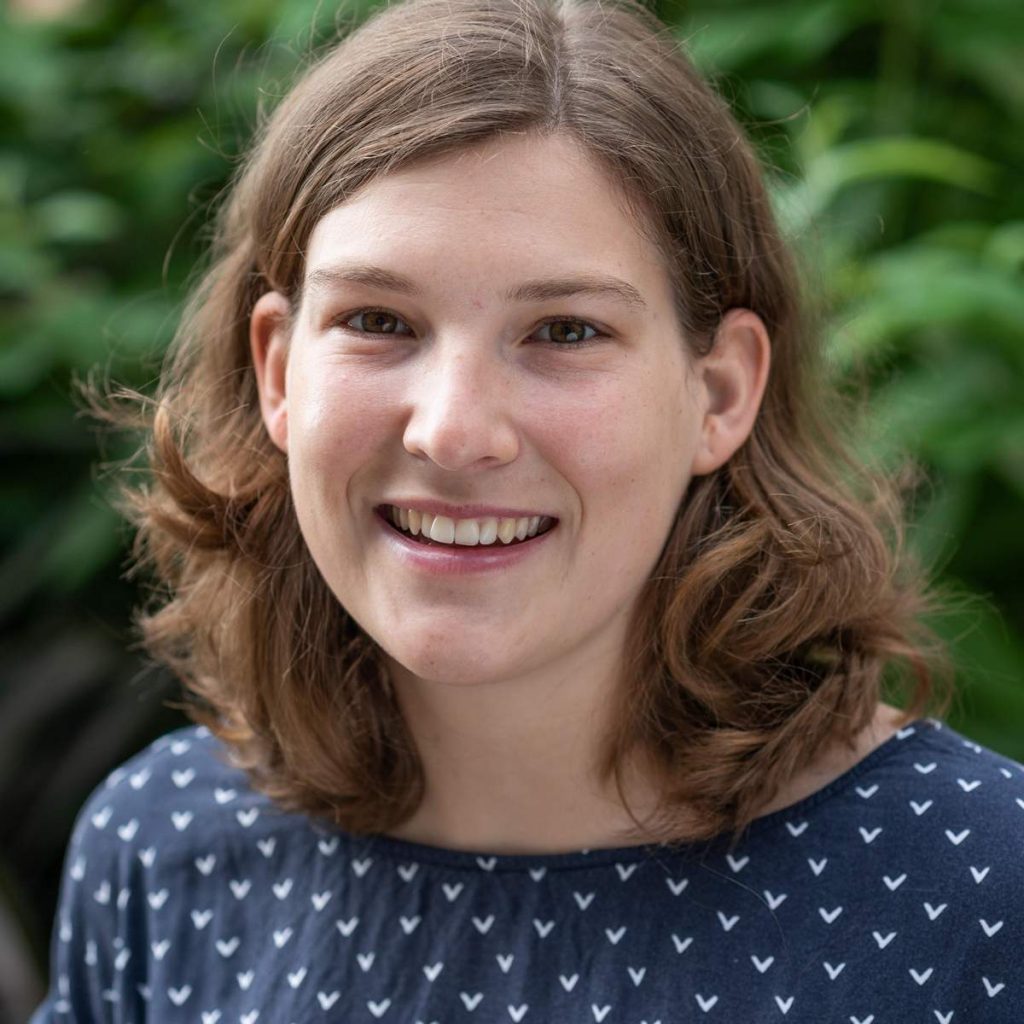
Cyrielle Kaltenrieder
sESR, Living Systems Institute, University of Exeter
How did nervous systems evolve? What can be phrased in this simple question is immensely complex and can, to this day, not be fully answered. For several years now my main interest has lain in contributing to the understanding of processes and mechanisms underlying the evolution of neurons. To do so I have been looking at different emerging model marine invertebrates which allow us to broaden our view beyond a very limited number of well established model organisms.
Thanks to the EvoCELL network I have now the opportunity to do my project on a marine annelid with a fully mapped nervous system, Platynereis dumerilii. In order to shed light on the evolution of neurotransmitters I am working on developing the powerful transgenesis tool CRISPR/Cas9 in the marine worm, allowing me to manipulate the activity of single neurons.
Project name: Manipulating the activity of neurons with CRISPR/Cas9 mediated knock-ins in a marine annelid
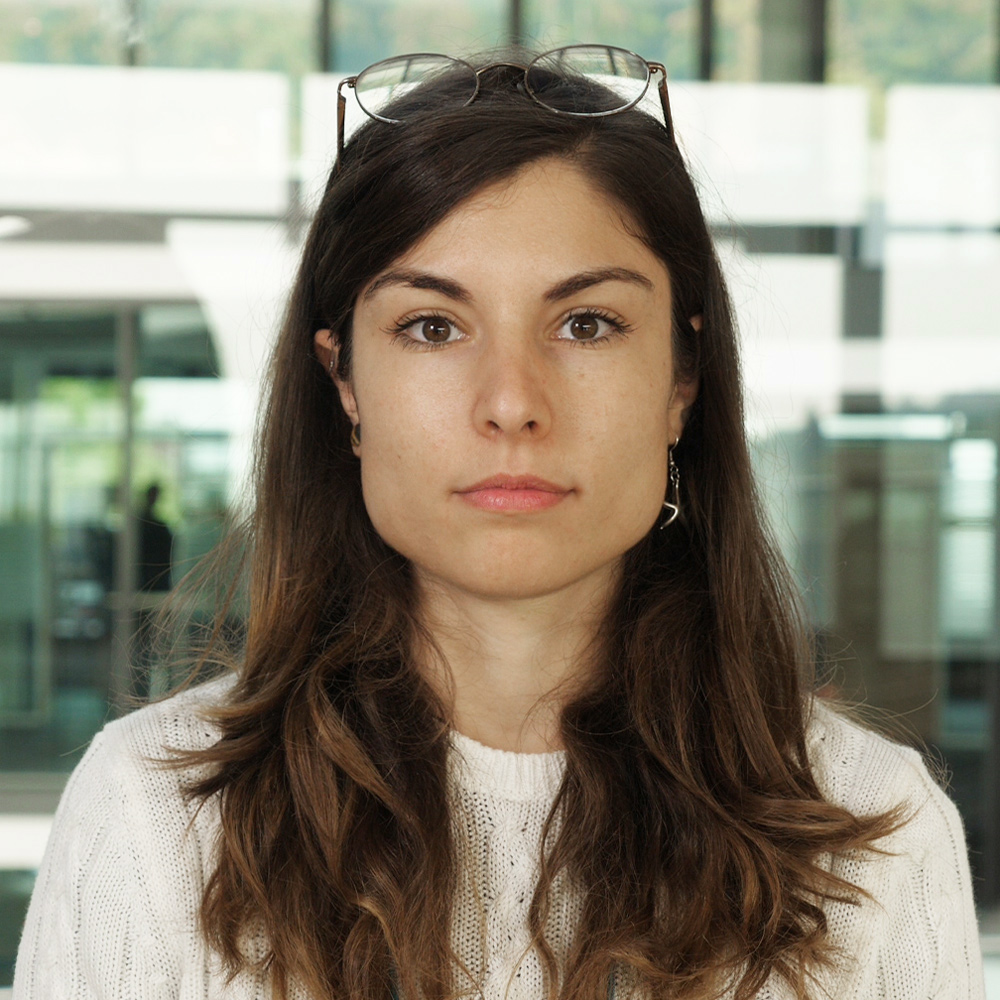
Anna Ferraioli
ESR, CNRS-IMEV (previously OOV), Villefranche-sûr-mer
During my studies I could learn about the different applications of molecular biology, figuring out my great interest in evolutionary biology and research. I also understood the importance that bioinformatics has in this field of research, besides being an important and useful tool for analyze and investigate new horizons. The PhD project in which I am involved perfectly fits with my interests and with my idea to do science in a multidisciplinary way.
Project name: Cell type comparisons in larvae and medusae of the hydrozoan Clytia
or
The life cycle of a jellyfishe from a cell-type perspective
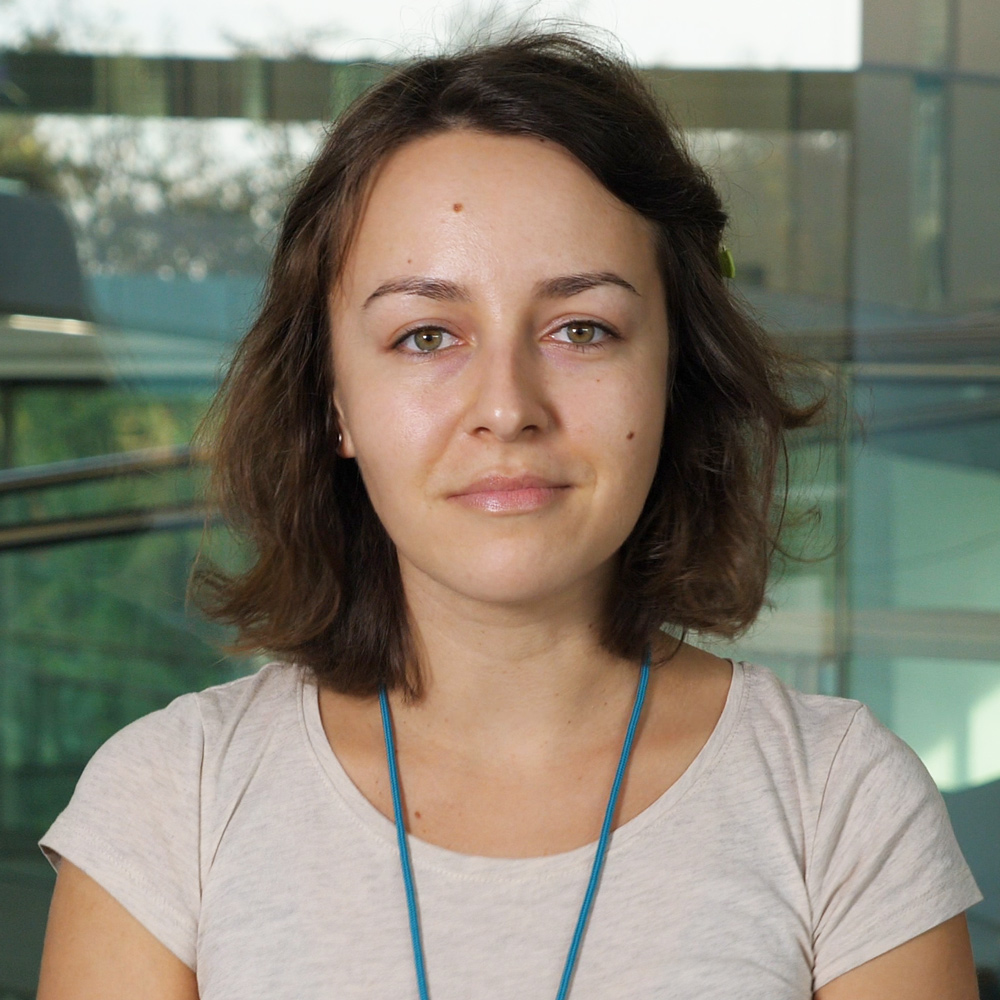
Petra Kovacikova
Department of Biological Sciences, University of Bergen, Norway
The moment I began to disentangle the events of early development of living organisms at DevBio courses, I knew I did not want to let go of that tingling fascination and amazement I felt. Now I get to look closer at the origin of programme specifying the new progeny.
Project name: The evolutionary origin and developmental relationships of germ line, gonads and embryonic mesodermal precursors
or
The ge(r)m cells – where the progeny stems from

Francesca Pinton
Department of Biological Sciences, University of Bergen, Norway
It is fascinating to think that an entire organism can develop from a single cell. How can all its cell types, so diverse from each other, arise? How different is this process in different species? These questions, important to understand life on our planet, concern both evolution and development. I will approach them observing embryonic cells and their RNA content.
Project name: Single-Cell sequencing and live imaging of marine embryos
or
Looking at cells and what they do while growing up.
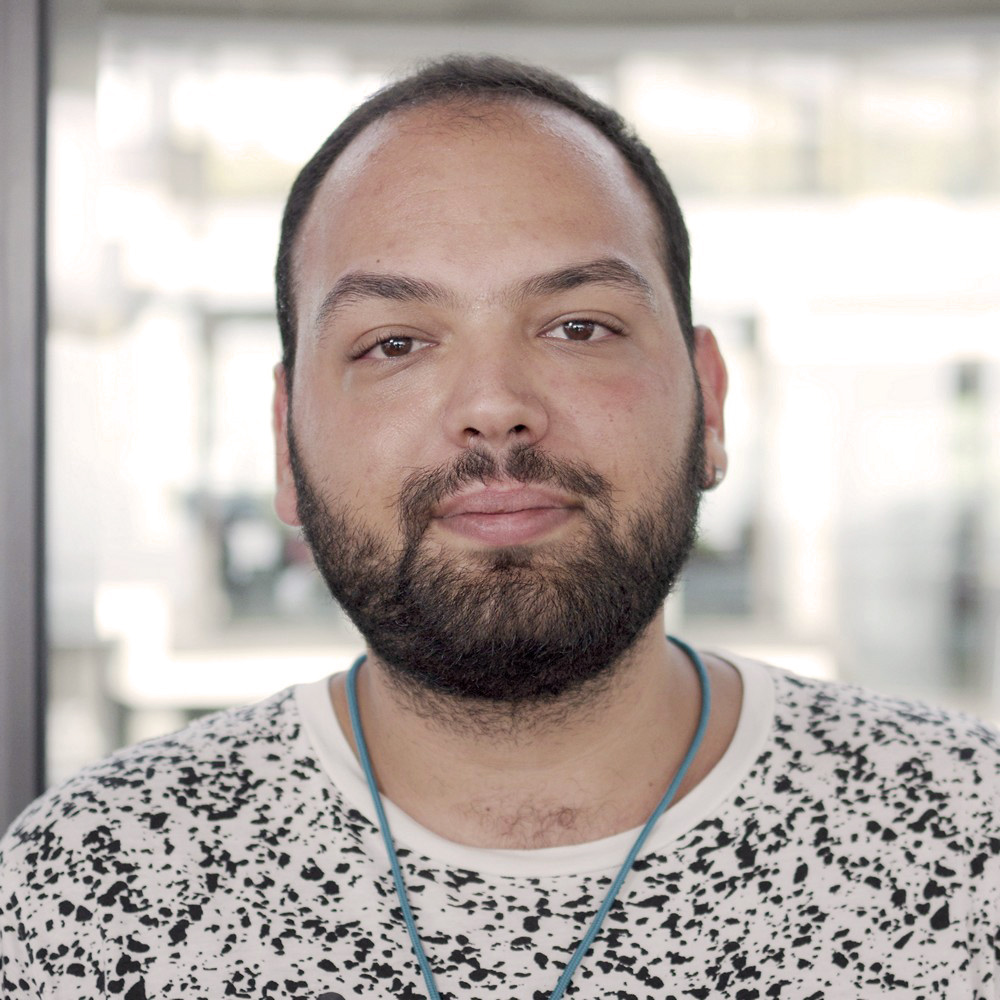
Periklis Paganos
ESR, Stazione Zoologica Anton Dohrn, SZN
: I am interested in studying the gene regulatory mechanisms involved in the specification and differentiation of the nervous system of the sea urchin embryo and larva. Within the context of the EvoCELL ITN we aim to generate single cell transcriptome data and perform a comparative analysis of neuronal differentiation programs in diverse species.
Project name: The neuropeptidergic system of the sea urchin larva: insight into the evolutionary origins of pancreatic and photoreceptor cell types.
or
Evolution and development of different neuronal subtypes in sea urchin.
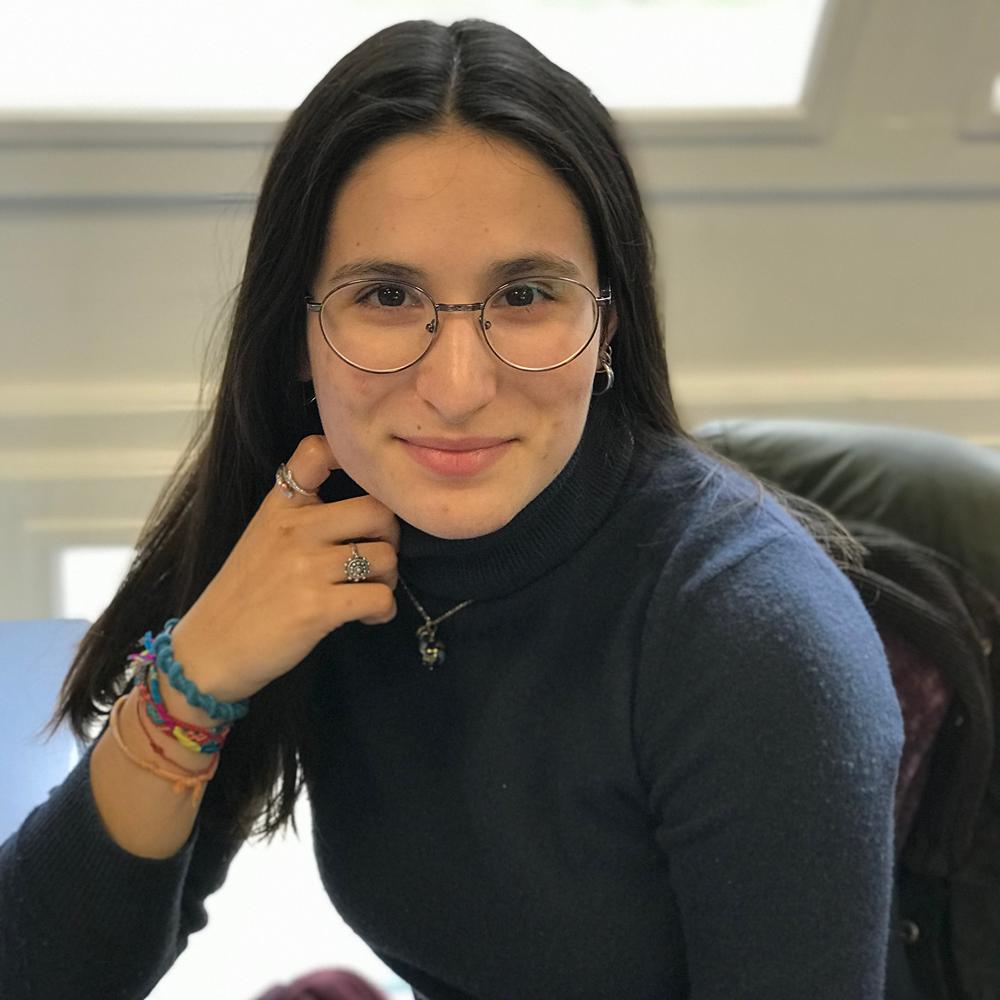
Ines Fournon Berodia
ESR, Stazione Zoologica Anton Dohrn, SZN
Hello Fellows! I am one of the two newest additions to the EvoCELL ITN and will embark myself in a short-term Early Stage Research position involving sea urchins, at Stazione Zoologica Anton Dohrn. Having studied my Bsc in Biology and a Msc in Marine Biology I have a very broad background in general biology, from ecology to oceanography and of course molecular biology and genetics. The intriguing world of understanding the molecular mechanisms behind the evolution, ecology and development of the animal kingdom has always been an astonishing concept to me. Learning early on in my secondary education that inside us there are like encyclopaedias of genes that tell us the way living things are made was fascinating, even if it was only about yellow and green peas at the time.
In my project with EvoCELL I will be zooming in deep into the world of molecular biology as I will focus on small RNAs (microRNAs and piRNAs). I aim to construct a library of small RNAs relevant to germ line cell specification in the sea urchin Strongylocentrotus purpuratus by isolating the cells in the small micromere at the early embryo stage and by making use of single cell RNA sequencing as well as other molecular techniques.
Project name: Identification of microRNAs and piRNAs involved in sea urchin germ line specification
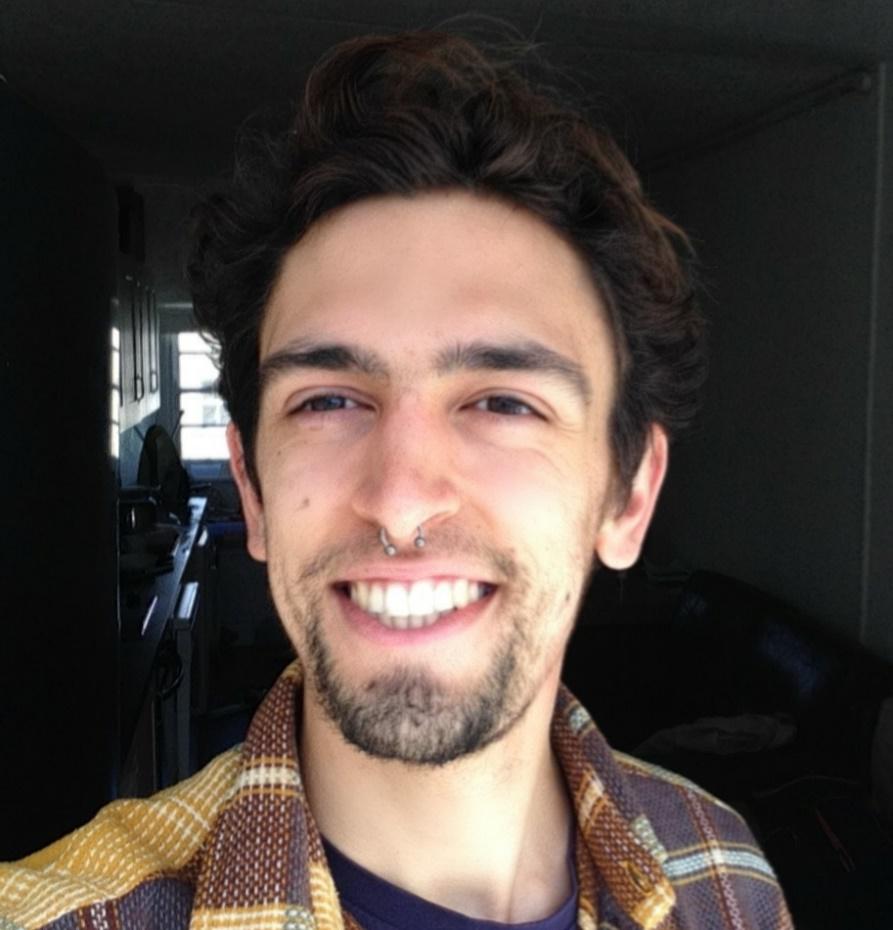
Javier Burgoa
ESR, Arendt Lab, EMBL Heidelberg
The fields that draw my attention the most are computational biology and bioinformatics, particularly when applied to the -omics field. I believe there is a huge potential on the use of the latest sequencing technologies to uncover the mysteries of evolution. Thus, within the Evo-CELL network I will focus these interests on the manipulation and visualization of single-cell transcriptomic data.
Project name: Developing and extending single-cell RNA-seq methods and pipelines, with particular reference to development of marine model animals.
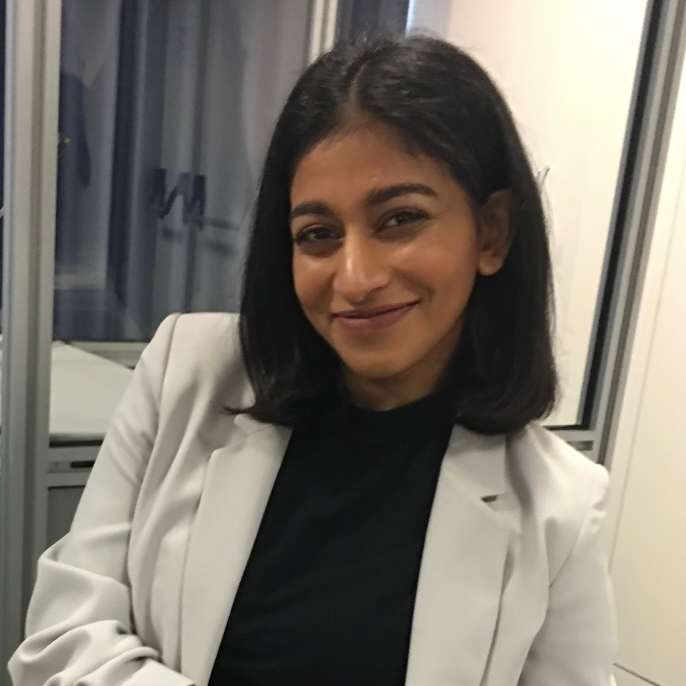
Akanksha Raju
sESR, Museum für Naturkunde Berlin, MfN
A plethora of interesting research is published every day. It is, however, buried in huge amounts of text riddled with complex science jargon, rarely making its way to the general audience.
There is now a push to make complex scientific research more accessible. With a surge in digital platforms and multimedia tools, we can create innovative solutions to visualise our research and make it interesting to the audience.
As a part of the network, I aim to use my expertise to enhance the experience offered by EvoCELL to its audience by communicating our complex contemporary science research through an online exhibition to increase science outreach.
Project name: Using human-centered design principles to create an engaging exhibit of complex contemporary science online.

Brenda Irene Medina Jiménez
ESR, Uppsala University
My research interest centers in the evolution of invertebrates, mainly bilaterians, and being part of the EvoCELL network will allow me to study them using the latest single-cell sequencing technologies and exchange ideas with fellow members.
Project name: Evolution of the Panarthropoda from a cell type perspective
or
Study of the evolution of spiders, flies, beetles, and other closely related animals analyzing their cell types (cells that can evolve on their own) .

Konstantinos Geles
ESR, Università degli Studi di Salerno, UNISA
Biology and personal development. The opportunity to predict and identify potential biomarkers of tumour cells through the exploitation of state-of-the-art technologies, such as single-cell sequencing, to aid in cancer diagnosis and prevention. Furthermore, constant development of data mining and analysis skills to acquire more knowledge in the biology of cancer.
Project name: “Role of Piwi-piRNA pathway in somatic stem cell specification and differentiation”
or
“piRNAs, a way to discover more information regarding the development of tumour cells.”

Kevin Nzumbi Mutemi
ESR, Arendt Lab, EMBL Heidelberg
Perhaps naïve or foolish, but I would love to understand why nervous systems emerged in nature? What selection pressures drive the diversity in nervous system organization? How do such features facilitate animal behavior, physiology and ecology? Plus, the nervous system is beautiful so why not!
Project name: Evolution of the apical nervous system in bilateria
or
What did the forebrain look like (and what is it comprised of) in early evolving animals with whom we share a common ancestor?
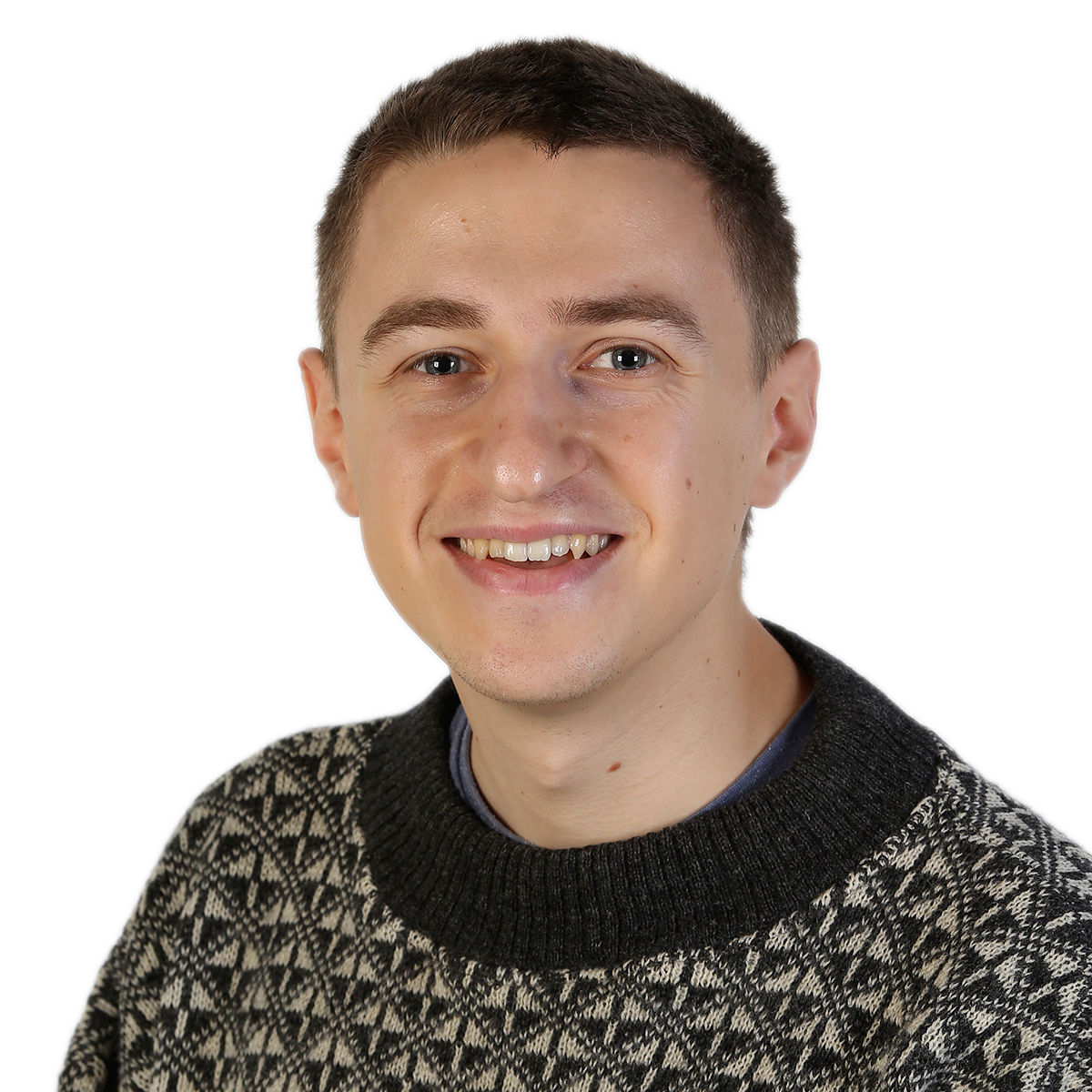
Charles Hillier
ESR, EMBL Heidelberg
Perhaps naïve or foolish, but I would love to understand why nervous systems emerged in nature? What selection pressures drive the diversity in nervous system organization? How do such features facilitate animal behavior, physiology and ecology? Plus, the nervous system is beautiful so why not!
Project name: Evolution of the apical nervous system in bilateria
or
What did the forebrain look like (and what is it comprised of) in early evolving animals with whom we share a common ancestor?

Luca Santangeli
ESR, EMBL Heidelberg
My interests in biology have always been very broad, spanning from the smallest chemical and molecular interactions to animal’s biology, behaviour and the big picture of evolution. I find astonishing how evolution led to the biodiversity of our planet and shaped animals’ body, probably starting from one single cell. This process, that lasted billions of years, is somehow “recorded and stored” in the genome (and not only) of each cell of our body. An immense quantity of information that is used during development by extremely complex and finely regulated molecular mechanisms to partition specific cellular functions into different cell types.
I am now trying to identify, in the marine annelid Platynereis dumerilii, a class of small RNA molecules (called microRNAs) that are conserved in animals’ evolution and appear to play an important role in the regulatory network that defines the cell-type identity.
This is a unique opportunity to combine all my interests and use cutting edge technologies to answer evolutionary questions.

Emilia Skafida
ESR, Institut de génomique fonctionnelle de Lyon, CNR-IGFL
Regeneration is one of the most fascinating processes observed in the animal kingdom and it has caught my attention since the early years of my studies. Being part of the EvoCELL network gives me the chance to meet the regenerative biology field from a more evolutionary perspective. Furthermore, it provides me the opportunity to learn and apply cutting-edge techniques in order to explore the chromatin profile of each cell type resident in the limbs of Parhyale hawaiensis, a small amphipod crustacean with remarkable regenerative capacity.
Project name: Applying the Assay for Transposase-Accessible Chromatin using sequencing (ATAC-seq) to identify cell-specific cis-regulatory elements in Parhyale limbs.

Dearbhaile Casey
sESR, Dept of Genetics, Evolution and Environment, UCL
For my project in UCL, we are delving deep into the evolutionary history of Metazoan genomes using micro-synteny and orthology to understand and unravel the relationships between major groups of animals. I am with EvoCELL for a short time, having come from Trinity College Dublin where my PhD focus was in Molecular evolution with an emphasis on gene duplication. I am excited to be part of this programme and to take my skills from home and utilise them within my project and share them with others. I am honoured to be a small part of the EvoCELL network and am learning so much from my lab at UCL as well as the abudance of knowledge I hope to gain from the EvoCELL community.
Project name: Using micro-synteny to understand the relationship between major groups of animal phyla and their cellular origins.
Project manager of the EvoCell Programme
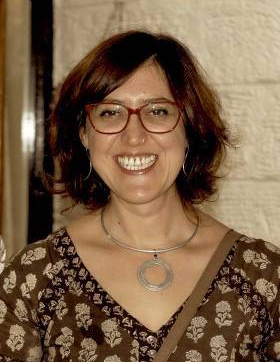
Francesca Stomeo
Project Manager
After obtaining my PhD in Microbiology and Molecular Biology at the University of Seville, Spain in 2004 I worked as a postdoctoral fellow at the University of the Western Cape (UWC), Cape Town, South Africa and at the Biosciences Eastern and Central Africa – International Livestock Research Institute (BecA-ILRI) Hub, in Nairobi, Kenya. I worked as the Capacity Building Scientist at the BecA-ILRI Hub until early 2018. Since October 2018 I am the Project Manager of the EvoCELL Network at EMBL, Heidelberg, Germany. I am inspired by science and nature and particularly passionate about research management. The last nine years in Africa have given me the opportunity to strengthen scientific and research management capability and to confirm my idea regarding my skills of adaptation. As bacteria do, I can also adapt, thrive and grow in any environment, I always like to say. An optimist by nature, I am enthused by people and different cultures. I am very excited and honored to be part of the EvoCELL Network.



The Principal Investigators of the EvoCell Programme

Michalis Averof
Institut de génomique fonctionnelle de Lyon
1990 BA Natural Sciences (Biology), Dublin, Ireland
1994 PhD Genetics, Cambridge, UK
1995-97 Postdoc, EMBL Heidelberg, Germany
2000-12 PI, IMBB-FORTH, Crete, Greece
2012- PI, IGFL/CNRS, Lyon, France.
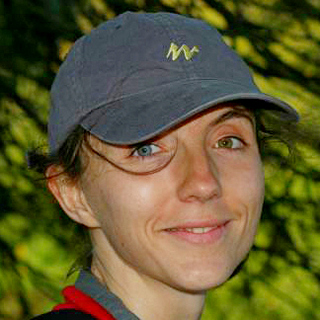
Mathilde Paris
Institut de génomique fonctionnelle de Lyon
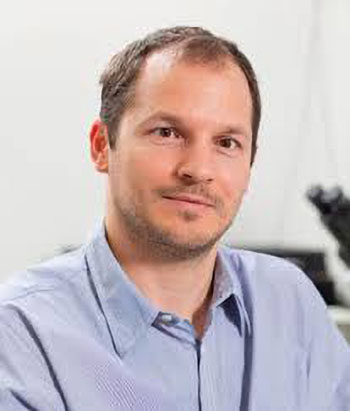
Gaspar Jekely
Living Systems Institute, University of Exeter,
After obtaining a PhD in genetics at the Eötvös Loránd Universities in Budapest I moved to the EMBL in Heidelberg to work as a postdoc in the laboratory of Pernille Rorth and then Detlev Arendt. In 2007, I started my group at the Max Planck Institute for Developmental Biology in Tübingen. 10 years later, my lab moved to the Living Systems Institute at the University of Exeter. My research interests include the structure, function and evolution of neural circuits in marine ciliated larvae and the origin and early evolution of nervous systems. We study cell types, circuits and behaviours in the larvae of the marine annelid Platynereis dumerilii.

Max Telford
Dept of Genetics, Evolution and Environment, UCL
Research Summary
Understanding the evolution of the great diversity of animals is a major goal of biology. Research in my lab concentrates on developing an accurate tree of evolutionary relationships of the animal kingdom and on experiments to determine the genotypic changes involved in specific, well characterised morphological changes within the animals.
Biologists would like to understand how evolution has happened in an historical sense – which characteristics arose in which lineages, when they arose and hopefully even an adaptive explanation of why they arose. All of these questions depend absolutely on mapping the characters of interest onto an accurate phylogenetic tree of the animal kingdom and we are using a variety of molecular approaches to refine the animal tree.
We would also like to know how evolution works in a more general sense; we would like to go beyond the neo-Darwinian explanation of adaptation through selection on random mutations to discover exactly what kind of changes at the level of the genotype have given rise to the changes we see in phenotype. These effects of genotype on adult phenotype are mediated through the organisms program of development from egg to adult and these latter questions constitute the program of research now called evolutionary developmental biology. The second aim of the group is to undertake a programme of comparative developmental work in arthropods using modern molecular genetic methods.
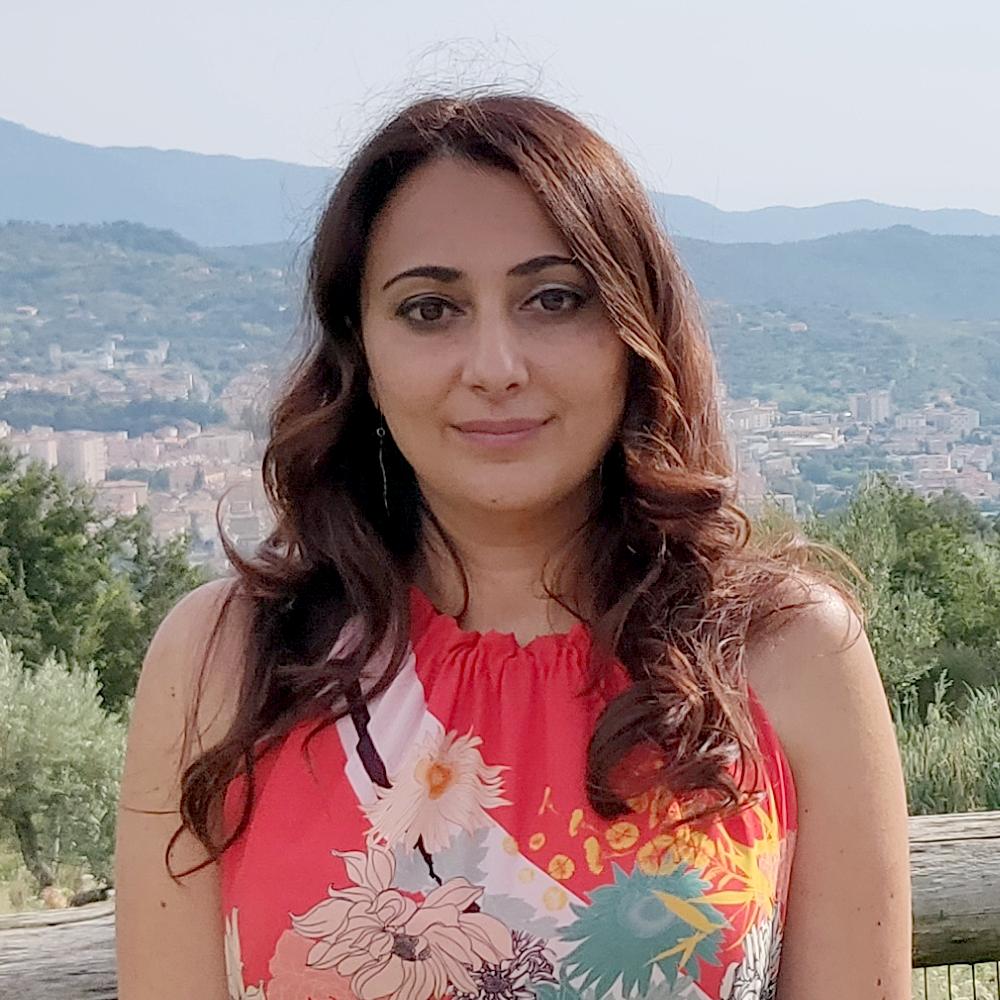
Francesca Rizzo
Researcher at Laboratory of Molecular Medicine and Genomics of the University of Salerno
2003 – Master in Bioinformatics at the University of Sannio (Benevento)
2008 –PhD in Genetics, development and differentiation at the Open University of London
After obtaining My PhD in 2008 from the Open University of London for work carried out at Stazione Zoologica “Anton Dohrn” in Naples, I worked as postdoctoral fellow in the Laboratory of Toxicogenomics at Genetic Research Center Gaetano Salvatore, Biogem s.c.ar.l, Ariano Irpino. From 2010 to 2012 I worked as postdocs in the Department Medicine and Surgery of the University of Salerno with a fellowship funded by Fondazione con il Sud.
In 2013 I got the postdoctoral fellowship of “Young Investigator Programme” funded by Fondazione Veronesi.
Since 2013 I am a co-founder and member of the academic Spin-off Genomix4Life.
Since 2017 I am a Researcher (Rtd A) at the Department of Medicine, Surgery and Dentistry of the University of Salerno.
My research interests cover many aspects of genomics and bioinformatics applied to the study of human diseases. My ongoing research projects include the application of novel molecular approaches to the diagnosis, treatment and prevention of common and complex diseases, including cancer, cardiovascular and neurological disorders.
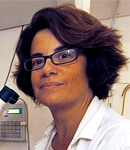
Maria I. Arnone
Direttore Dipartimento di Biologia ed Evoluzione Organismi Marini
Biochemist by training, I am a developmental molecular biologist with expertise in gene expression analysis, functional genomics and gene regulatory network (GRN) studies. After a period of three years (1995-1998) at the California Institute of Technology, Pasadena, CA, where I contributed to a seminal work on the organization and function of genomic regulatory systems (Arnone and Davidson, Development 1997), I established my group at Stazione Zoologica in Naples with the aim of studying evolution of organs and body parts by comparison of the GRNs that control the formation of such parts in different animals. Using the sea urchin embryo as main model system, my lab recently developed a novel approach integrating various ‘omics’ technologies to study developmental GRNs and their evolution.

Carsten Lüter
Curator of Marine Invertebrates, Museum für Naturkunde Berlin
After obtaining my PhD in Zoology at the Georg-August-Universität Göttingen, Germany in 1998 I worked as a postdoctoral fellow at Universität Bielefeld, Germany and University of Glasgow, Scotland, UK. Since 2001 I am curator of the marine invertebrate collection and head of the morphological laboratories at Museum für Naturkunde, Berlin, Germany. Since 2009 I am a private lecturer at Humboldt-Universität zu Berlin.
My research interests cover many aspects of animal evolution, in particular the evolution of organ systems in marine invertebrates (lophophorates) and the biomineralization of the brachiopod shell. Working in one of the largest natural history museums in Europe, I have also been involved in the development of permanent and special exhibitions and various public outreach activities.
Photo: © Carola Radke
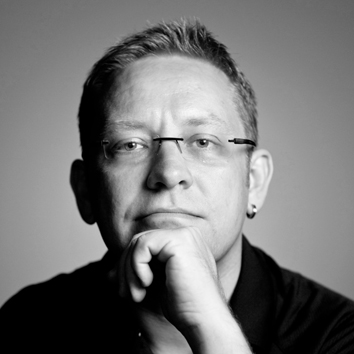
Andreas Hejnol
Department of Biological Sciences, University of Bergen
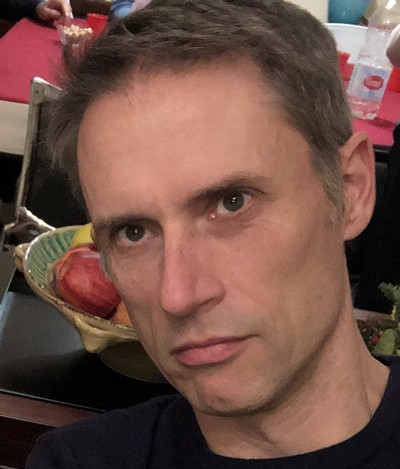
Richard Copley
Directeur de Recherche - Responsable de l'équipe "Genome and protein evolution in animals"
I am a group leader at the Laboratoire de Biologie du Développement de Villefranche-sur-mer, in France. I am interested in the conserved genetic core of animal life and how this translates to the structure of macromolecular machines. My group uses and develops computational
methods to analyse genome, transcriptome and molecular structure data, and collaborates to produce informative sequence resources from new taxa. We’re particularly interested in the non-bilaterian animals, but especially cnidarians and the nature of the cnidarian-bilaterian
ancestor.
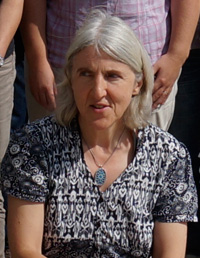
Evelyn Houliston
Directeur de Recherche - LBDV Laboratoire de Biologie du Développement de Villefranche sur mer
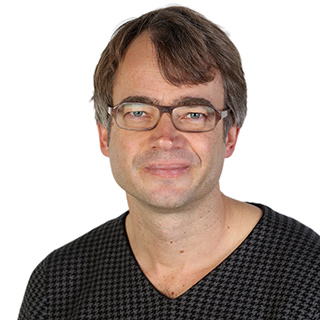
Detlev Arendt
Group Leader, Senior Scientist and Academic Mentor Postdoctoral Training, EMBL
2008 – present Honorary Professor at the Ruprechts-Karls-Universität Heidelberg, Germany
2007 – present Senior Scientist, Developmental Biology Unit, EMBL, Heidelberg, Germany
2007 – present Academic Mentor, Postdoctoral Training EMBL, Heidelberg, Germany
2006 – present Group Leader, Developmental Biology Unit, EMBL, Germany

Dr. Vladimir Benes
Head of Genomics Core Facility, EMBL
Biography
PhD 1994, Czech Academy of Sciences, Prague.
Postdoctoral research at EMBL.
Facility head since 2001.

Henrik Kaessmann
ZMBH Research Group Leader
After obtaining my PhD in 2001 from the University of Leipzig for work carried out at the Max Planck Institute for Evolutionary Anthropology in Leipzig, I worked as a postdoctoral fellow at the University of Chicago, USA. From 2003 to 2015, I carried out research as a group leader (i.e., as an assistant, associate and then full professor) at the Center for Integrative Genomics, University of Lausanne, Switzerland. From 2010 to 2015, I was also a group leader at the Swiss Institute of Bioinformatics (SIB). Since 2015, I have been working as a full professor at the Center for Molecular Biology of Heidelberg University (ZMBH).
My overall research aim is to unveil the molecular basis of the phenotypic evolution of mammals and other vertebrates. The primary current focus of my group is to elucidate the cellular origins and evolution of mammalian/vertebrate organs and the underlying gene regulatory changes.
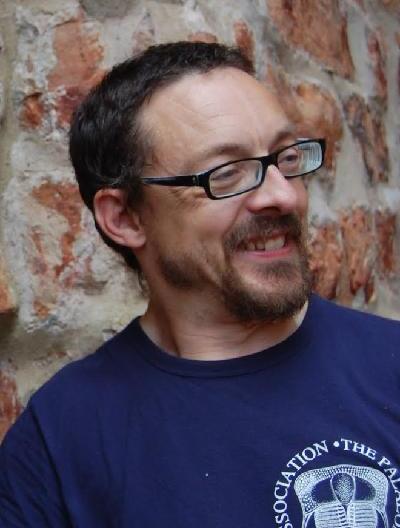
Graham Budd
Department of Earth Sciences, Palaeobiology
My work is centred on the so-called “Cambrian explosion”, the rapid appearance of major animal groups in the fossil record some 520 million years ago, with a specialisation in the origin and early evolution of the arthropods. I am also interested in broad-scale evolutionary questions including the evolution of development and the organisms, and patterns of diversification.

Ralf Janssen
Researcher at Department of Earth Sciences, Palaeobiology
…
External Advisors
Prof. Casey Dunn, Department of Ecology and Evolutionary Biology, Brown University, USA
Dr. Héloïse Dufour, Director of Le Cercle, Fondation Schumberger pour l’Education et la Recherche, France
Prof. Nicole King, Department of Molecular & Cell Biology, University of California Berkeley, USA
Dr. Amy Hamilton, Senior Marketing Manager, EMEA at Fluidigm Corporation